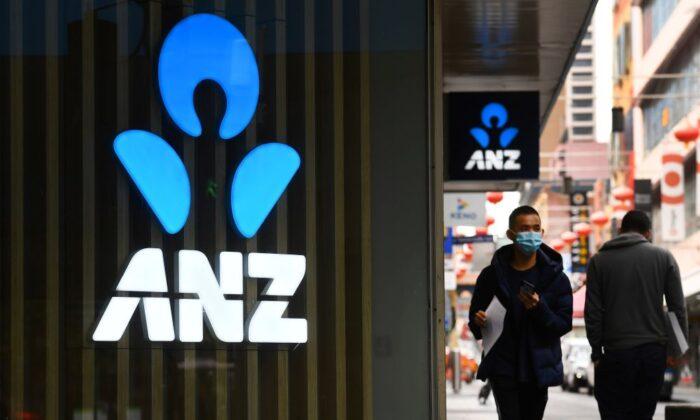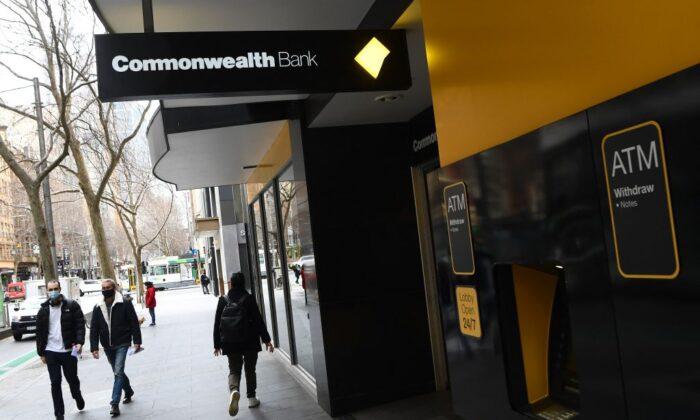Australian banks launched a new digital platform on May 16 to help stop customers from losing money to scammers.
The new Fraud Reporting Exchange (FRX) platform will facilitate a “close to real time” reporting of fraudulent payments to another bank, thus increasing the chances of freezing and recovering money that has been transferred to scammers.
Banking Association (ABA) Chief Executive Officer Anna Bligh described the new system as a major development in combating fraudulence as it allows streamlined and targeted communication between member banks.
Some key features of the platform include near real-time reporting, intelligence sharing, secure and tracked communications between member banks, as well as a faster return of funds.
A trial of the FRX platform has shown that the time to resolve most scam cases dropped by more than half.
Banks Under Pressure to Improve Scam Prevention and Response Practices
The launch of the FRX platform came amid pressure from the regulators urging banks to lift their game in protecting customers from the ever-increasing scam risks.In April, corporate watchdog the Australian Securities and Investments Commission (ASIC) released a report revealing the “ highly variable and less mature than expected” approaches of the four major banks — ANZ, Commonwealth Bank, NAB and Westpac — in preventing, detecting and responding to scams.
In contrast, the banks detected and stopped only 13 percent of scam payments made by their customers and paid only about $21 million (US$13. 9 million) in compensation/ reimbursement to victims, with a rather low rate of reimbursement ranging from two to five percent.
The report has also found “the gaps and inconsistencies” in the abilities of banks to detect and stop scam payments as well as to support scam victims.
“Banks had inconsistent and narrow approaches to determining liability, “ the report observed, highlighting that none of the banks has a bank-wide policy to deal with the losses.
Industry Code Under Development
Just one day before the platform launch, the Australian federal government announced the details of its $86 million scam-prevention strategy, with $58 million allocated to Australian Competition and Consumer Commission (ACCC) to build a new Anti-Scam Center. The new centre aims to facilitate data sharing across government, public and private sectors about emerging scam threats.The consumer Acton Law Centre has welcomed the new moves but insists that Australia should follow the UK to introduce mandatory rules that require banks to reimburse customers if they have been innocent victims of a scam.
“What we need now is for banks to reimburse scam victims -except in circumstances of gross negligence- and this needs to be made mandatory by the Federal Government.”
Financial services minister Stephen Jones said a new banking industry code is now under development to provide a clear set of expectations about banks’ obligations.
However, the minister has rejected the calls to enforce banks to compensate their customers for scam activities.
“If they don’t meet the bar, then they should be on the hook to reimburse. However, if they’ve met that standard and done what they can, they shouldn’t still end up with the bill.”





